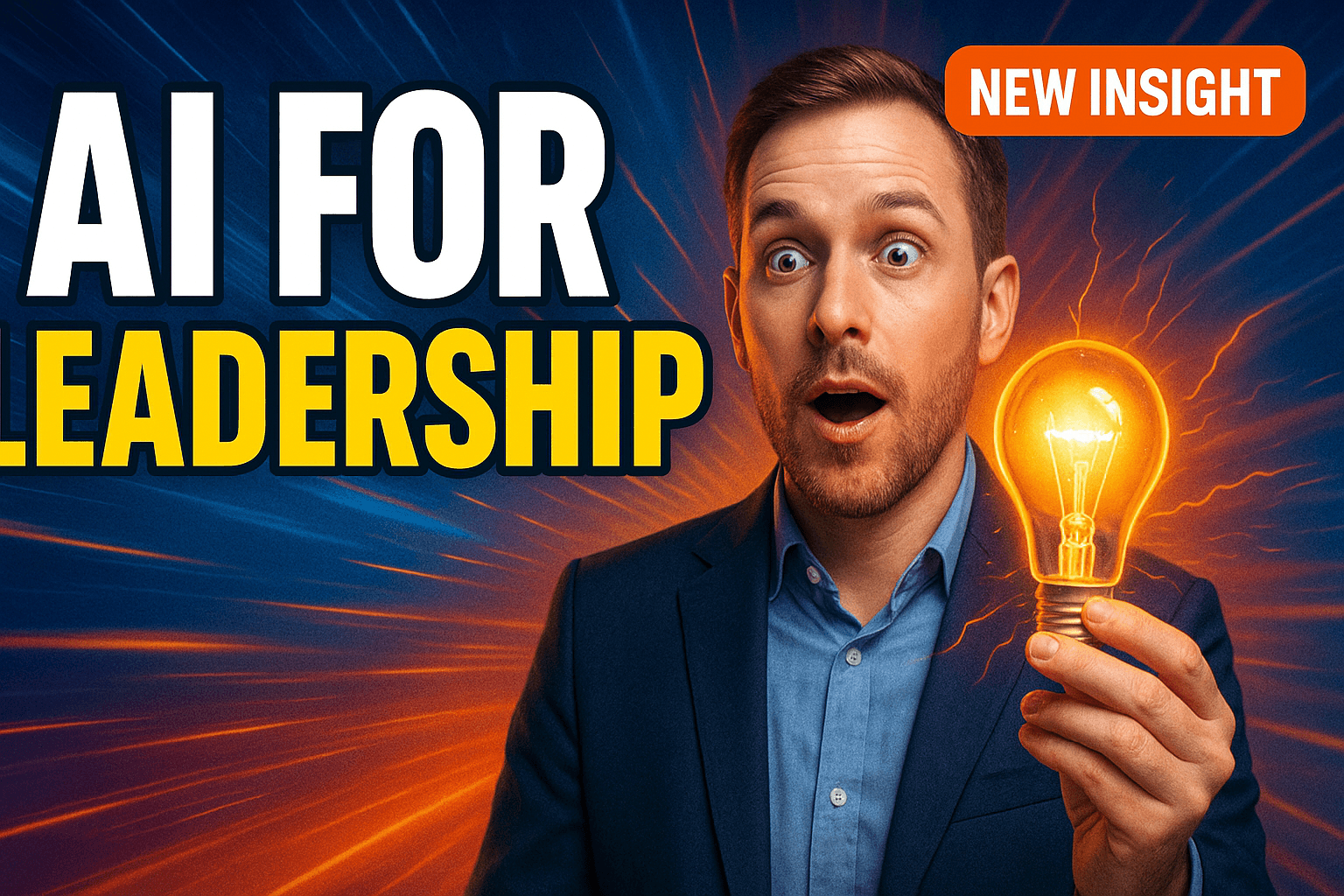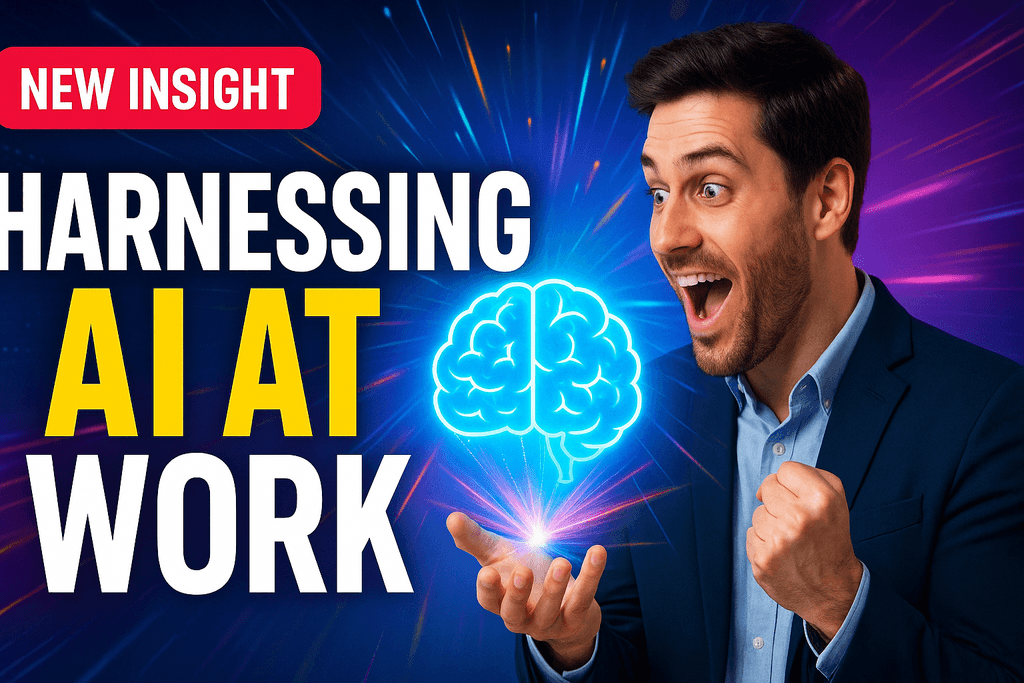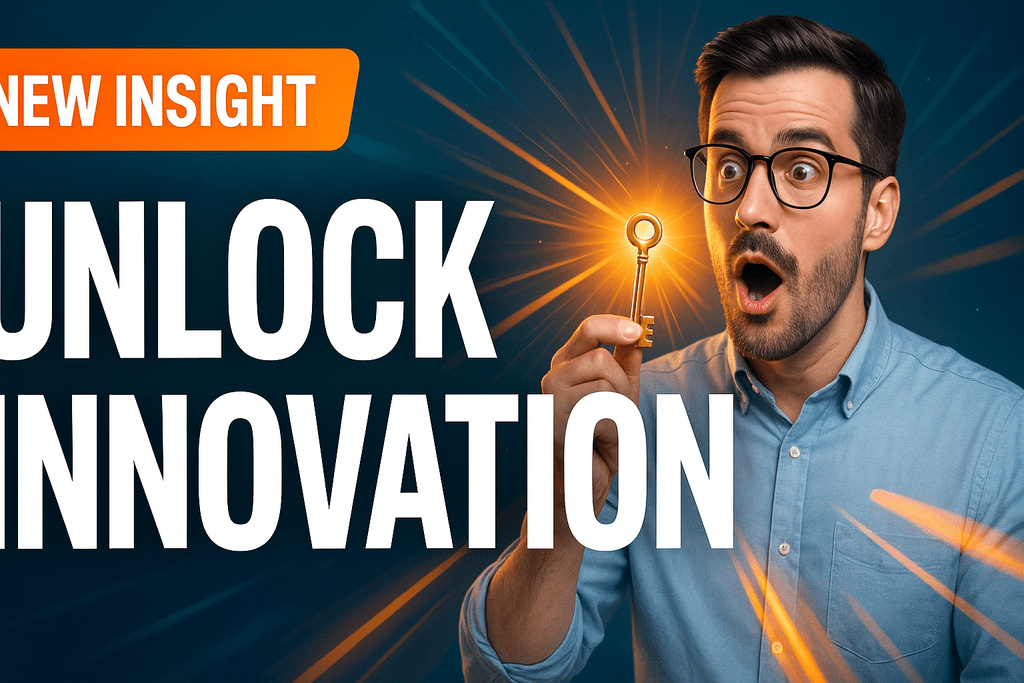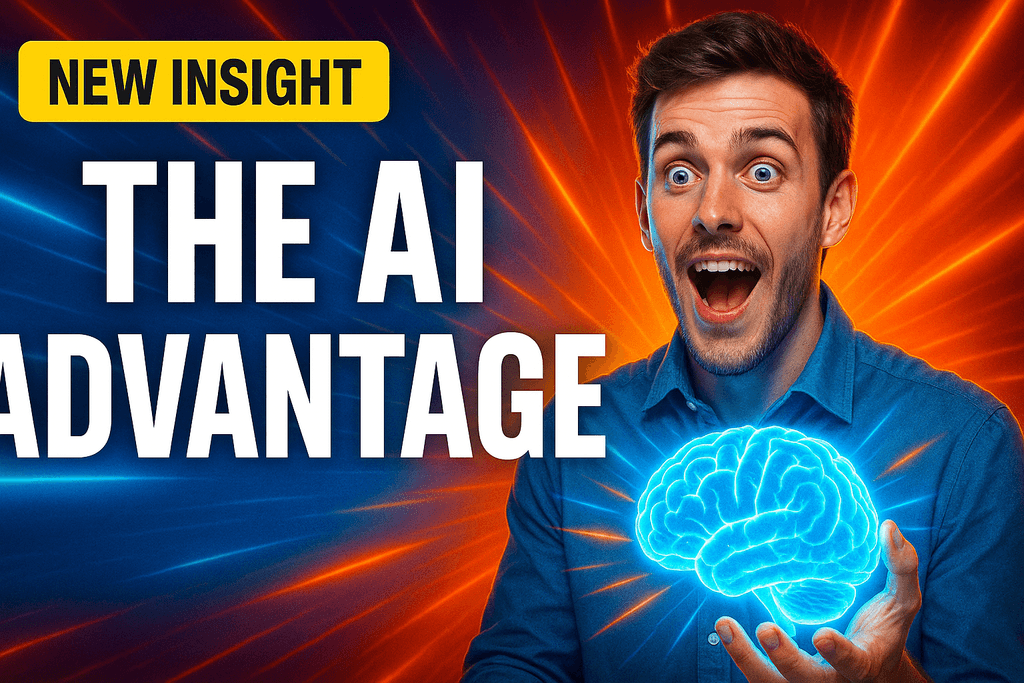
Table of Contents
Introduction: Why AI Agent ROI Measurement Matters in 2025
As enterprises increasingly adopt AI agents and agentic automation, the critical question shifts from "Can we implement AI?" to "What measurable value does AI deliver?" Traditional ROI calculations fall short when evaluating autonomous systems that learn, adapt, and compound their value over time.
In 2025, successful AI agent implementations require sophisticated measurement frameworks that capture both quantitative gains—time savings, cost reductions, error minimization—and qualitative improvements like enhanced decision-making, 24/7 availability, and strategic workforce reallocation. This comprehensive guide provides enterprise decision-makers with practical tools and methodologies to accurately measure, track, and optimize the return on investment from AI agent deployments.
Unlike conventional automation that follows predetermined scripts, AI agents create dynamic value through continuous learning and adaptation. Understanding how to measure this compound ROI effect is essential for justifying investments, scaling successful implementations, and maximizing the transformative potential of agentic automation in your organization.
Understanding AI Agent ROI: Beyond Traditional Automation Metrics
AI Agent ROI differs fundamentally from traditional automation ROI because of three key characteristics: autonomous decision-making, continuous learning, and compound value creation. While conventional automation delivers linear efficiency gains, AI agents generate exponential returns through self-optimization and adaptive intelligence.
Traditional ROI models focus on direct cost displacement—replacing human hours with automated processes. AI agents, however, create value through enhanced decision quality, proactive problem-solving, and intelligent resource allocation that extends far beyond simple task replacement. These systems don't just execute workflows; they optimize them continuously based on performance data and environmental changes.
The compound effect becomes evident when AI agents begin learning from each other within an ecosystem. A customer service agent's insights can improve marketing automation, while sales intelligence agents enhance product development decisions. This interconnected value creation requires measurement frameworks that capture both direct benefits and network effects across organizational boundaries.
Key differentiators in AI Agent ROI include: predictive value creation through early problem detection, scalability without proportional cost increases, quality improvements through consistent execution, and strategic workforce liberation enabling human focus on high-value activities. Understanding these unique value drivers is essential for accurate ROI calculation and successful AI agent program justification.
The Complete AI Agent ROI Framework: Quantitative and Qualitative Metrics
Effective AI Agent ROI measurement requires a comprehensive framework that captures both immediate quantifiable benefits and long-term strategic value. Our proven methodology combines direct cost savings, productivity multipliers, quality improvements, and strategic enablement metrics to provide complete investment visibility.
Quantitative Metrics:
- Time Savings: Calculate hours saved through automated task execution, measured against baseline manual processes. Include both direct automation time and reduced coordination overhead.
- Cost Reduction: Direct labor cost displacement, reduced error correction costs, and decreased operational overhead. Factor in infrastructure costs and maintenance requirements.
- Revenue Impact: Increased conversion rates through improved customer experience, faster response times, and enhanced personalization capabilities.
- Scalability Gains: Measure capacity increases without proportional resource additions. Calculate the cost of achieving equivalent capacity through traditional hiring.
Qualitative Value Drivers:
- Decision Quality: Improved accuracy through data-driven insights, reduced human bias, and consistent application of business rules across all interactions.
- 24/7 Availability: Continuous operation value, especially critical for global organizations and customer-facing applications.
- Workforce Liberation: Strategic reallocation of human talent to high-value activities, innovation projects, and relationship-building initiatives.
- Risk Reduction: Decreased compliance violations, improved audit trails, and reduced operational risk through consistent process execution.
The framework also incorporates compound ROI calculation, measuring how AI agents improve over time through learning and optimization. This includes network effects when multiple agents share insights and collaborative improvements across organizational functions.
Interactive ROI Calculator: Real-World Scenarios and Benchmarks
Our comprehensive ROI calculator provides realistic projections based on actual Orbitype customer implementations across various industries and organizational sizes. The calculator incorporates proven benchmarks from successful AI agent deployments, enabling accurate forecasting for your specific use case.
Small Business Scenario (10-50 employees):
Typical implementation focuses on customer service automation and basic workflow optimization. Average ROI: 280% within 12 months. Key drivers include 15-20 hours weekly time savings, 40% reduction in response times, and 25% improvement in customer satisfaction scores. Implementation costs typically range from $2,000-5,000 monthly, with break-even achieved within 4-6 months.
Mid-Market Enterprise (50-500 employees):
Comprehensive automation across multiple departments including sales, marketing, and operations. Average ROI: 420% within 18 months. Benefits include 60-80 hours weekly across teams, 50% faster lead qualification, and 30% improvement in process consistency. Monthly investment ranges $8,000-15,000 with break-even at 6-8 months.
Enterprise Implementation (500+ employees):
Full-scale agentic automation with complex workflow orchestration and multi-system integration. Average ROI: 650% within 24 months. Delivers 200+ hours weekly savings, 60% reduction in operational errors, and 45% faster decision-making cycles. Investment ranges $25,000-50,000 monthly with break-even at 8-12 months.
Industry-Specific Benchmarks:
- Professional Services: 35-40% time savings on client communication and document generation
- E-commerce: 50-60% improvement in customer support efficiency and inventory management
- Manufacturing: 25-30% reduction in quality control processes and supply chain optimization
- Healthcare: 40-45% improvement in patient data processing and appointment scheduling
The calculator also factors in compound growth effects, showing how ROI accelerates as AI agents learn and optimize. Year-two improvements typically show an additional 20-30% efficiency gain beyond initial implementations.
Implementation Strategy: The Crawl-Walk-Run Methodology for Measurable AI Agent ROI
Successful AI agent implementations follow a proven three-phase methodology that maximizes ROI while minimizing risk. This Crawl-Walk-Run approach ensures measurable value at each stage while building organizational capability and confidence for advanced automation.
Phase 1 - Crawl (Months 1-3): Foundation and Quick Wins
Begin with high-impact, low-risk use cases that demonstrate clear ROI within 90 days. Focus on document automation, email management, and basic customer service scenarios. Typical ROI targets: 150-200% within first quarter. Key metrics include time saved per task, error reduction rates, and user adoption scores. This phase establishes baseline measurements and builds internal advocacy for expanded implementation.
Phase 2 - Walk (Months 4-9): Process Integration and Scaling
Expand to multi-step workflows and department-wide automation. Implement lead generation agents, content creation workflows, and data processing automation. Target ROI: 300-400% by month 9. Focus on process optimization, cross-functional integration, and advanced analytics. This phase typically delivers the highest incremental ROI gains as agents begin optimizing established processes.
Phase 3 - Run (Months 10-18): Advanced Orchestration and Compound Value
Deploy sophisticated multi-agent systems with autonomous decision-making and cross-departmental coordination. Implement predictive analytics agents, strategic planning automation, and customer journey orchestration. Target ROI: 500-700% by month 18. Emphasis on compound learning effects and organizational transformation.
Critical Success Factors:
- Measurement-First Approach: Establish baseline metrics before implementation and track continuously
- Stakeholder Alignment: Ensure clear ROI expectations and success criteria at each phase
- Iterative Optimization: Use performance data to refine and improve agent effectiveness
- Change Management: Invest in training and support to maximize user adoption and value realization
Organizations following this methodology typically achieve break-even within 4-6 months and realize cumulative ROI exceeding 400% within the first year of implementation.
Common ROI Measurement Pitfalls and How to Avoid Them
Even sophisticated organizations make critical errors when measuring AI agent ROI, leading to inaccurate projections, failed implementations, and missed optimization opportunities. Understanding these common pitfalls is essential for accurate value assessment and successful program management.
Pitfall 1: Ignoring Implementation and Maintenance Costs
Many organizations focus solely on direct labor savings while overlooking infrastructure costs, training expenses, and ongoing maintenance requirements. Solution: Include all costs in your calculation: platform licensing, integration development, staff training, and continuous optimization efforts. Budget 20-30% of direct savings for maintenance and improvements.
Pitfall 2: Underestimating Change Management Requirements
Technical implementation success doesn't guarantee business value realization. User adoption challenges can reduce actual ROI by 40-60%. Solution: Invest in comprehensive change management, user training, and ongoing support. Factor change management costs into ROI calculations and measure adoption rates alongside efficiency metrics.
Pitfall 3: Measuring Only Direct Task Replacement
Traditional automation thinking focuses on one-to-one task replacement, missing the compound value of AI agent intelligence. Solution: Measure quality improvements, decision enhancement, and strategic workforce reallocation. Track metrics like error reduction, decision speed, and employee satisfaction with higher-value work assignments.
Pitfall 4: Short-Term ROI Focus
AI agents deliver increasing value over time through learning and optimization, but many organizations evaluate success based on immediate returns only. Solution: Establish both short-term (3-6 months) and long-term (12-24 months) ROI targets. Track learning curve improvements and compound value creation.
Pitfall 5: Inadequate Baseline Measurement
Without accurate pre-implementation baselines, ROI calculations become estimates rather than facts. Solution: Invest time in thorough baseline establishment before implementation. Measure current process times, error rates, costs, and quality metrics with statistical rigor.
Best Practice Framework: Implement continuous ROI monitoring with monthly reviews, quarterly deep-dive analyses, and annual strategic assessments. Use control groups where possible and maintain detailed audit trails for all measurements and improvements.
Compound ROI: Understanding the Exponential Value of Learning AI Agents
The most significant differentiator of AI agents compared to traditional automation is their ability to generate compound ROI through continuous learning and self-optimization. This exponential value creation represents the true competitive advantage of agentic automation and requires sophisticated measurement approaches to capture accurately.
Compound ROI manifests in three primary ways: individual agent optimization, cross-agent learning, and ecosystem intelligence. Individual agents improve their performance over time by analyzing their own outputs and outcomes. Cross-agent learning occurs when insights from one agent enhance the capabilities of others. Ecosystem intelligence emerges when multiple agents collaborate to solve complex problems beyond individual capabilities.
Measuring Individual Agent Learning:
Track performance improvements over time across key metrics: task completion speed, accuracy rates, and decision quality. Typical learning curves show 15-25% efficiency improvements within the first six months, with continued gains of 5-10% quarterly thereafter. Document specific optimizations: refined decision trees, improved pattern recognition, and enhanced response quality.
Cross-Agent Value Creation:
Monitor how insights from customer service agents improve marketing automation, or how sales intelligence enhances product development decisions. This network effect typically generates 20-40% additional value beyond individual agent contributions. Measure cross-pollination through shared knowledge base improvements, collaborative workflow optimizations, and integrated decision-making processes.
Orbitype's Agentic Cloud OS Advantage:
Orbitype's platform accelerates compound ROI through centralized learning infrastructure, shared knowledge bases, and intelligent agent orchestration. The platform enables agents to learn from collective experiences, share optimizations automatically, and coordinate complex multi-agent workflows seamlessly.
Quantifying Compound Effects:
Calculate compound ROI using exponential growth models rather than linear projections. Factor in learning acceleration rates, knowledge transfer efficiency, and ecosystem synergies. Organizations typically see compound effects contribute 30-50% of total ROI by year two of implementation.
KPI Dashboards and Reporting Templates for Continuous ROI Monitoring
Effective AI agent ROI management requires real-time visibility into performance metrics, cost structures, and value creation patterns. Comprehensive dashboards and standardized reporting templates enable executives to make data-driven decisions about scaling, optimization, and strategic investment in agentic automation.
Executive Dashboard Components:
- ROI Summary Metrics: Current period ROI, cumulative ROI, break-even status, and projected annual returns with confidence intervals
- Cost Structure Analysis: Implementation costs, operational expenses, maintenance overhead, and cost per automated task
- Value Creation Tracking: Time savings, error reduction, quality improvements, and strategic workforce reallocation metrics
- Performance Trends: Month-over-month efficiency gains, learning curve progressions, and compound value indicators
Operational Monitoring Dashboards:
Detailed performance tracking for individual agents and workflows, including task completion rates, processing times, error frequencies, and optimization opportunities. Real-time alerts for performance degradation, unusual patterns, or maintenance requirements ensure proactive management and continuous improvement.
Financial Impact Reporting:
Monthly financial impact statements showing direct cost savings, revenue enhancements, and strategic value contributions. Include variance analysis comparing actual results to projections, with explanations for significant deviations and corrective action plans.
Stakeholder Communication Templates:
- C-Level Reports: High-level ROI summaries, strategic impact assessments, and investment recommendations
- Department Managers: Operational efficiency gains, team productivity improvements, and process optimization insights
- IT Leadership: Technical performance metrics, system integration status, and infrastructure optimization opportunities
- Finance Teams: Detailed cost-benefit analyses, budget variance reports, and financial projection updates
Automated Reporting Features:
Leverage automated reporting agents to generate regular ROI updates, trend analyses, and performance summaries. Automated alerts notify stakeholders of significant changes, milestone achievements, or optimization opportunities requiring attention.
These comprehensive monitoring systems ensure continuous visibility into AI agent value creation while providing the data foundation for strategic decision-making and program optimization.
Conclusion: Maximizing AI Agent ROI for Sustainable Competitive Advantage
The measurement and optimization of AI agent ROI represents a critical capability for organizations seeking to harness the transformative potential of agentic automation. As we've explored throughout this comprehensive guide, successful ROI realization requires sophisticated measurement frameworks, strategic implementation methodologies, and continuous optimization practices that extend far beyond traditional automation approaches.
The key differentiators of AI agent ROI—compound learning effects, autonomous optimization, and ecosystem intelligence—create exponential value that traditional automation cannot match. Organizations that master these measurement principles position themselves for sustainable competitive advantage through intelligent automation that continuously improves and adapts to changing business conditions.
Strategic Recommendations for 2025:
- Implement Measurement-First Strategies: Establish comprehensive baseline metrics and ROI tracking systems before deployment to ensure accurate value assessment
- Embrace Compound ROI Thinking: Design measurement frameworks that capture learning effects, cross-agent value creation, and ecosystem intelligence rather than simple task replacement
- Invest in Change Management: Allocate 20-30% of implementation budgets to user adoption, training, and organizational transformation to maximize value realization
- Plan for Continuous Optimization: Establish ongoing performance monitoring, regular optimization cycles, and strategic program evolution to maintain competitive advantage
The organizations that will lead in the age of AI agents are those that not only implement these technologies effectively but also measure and optimize their value systematically. By following the frameworks, methodologies, and best practices outlined in this guide, enterprise leaders can ensure their AI agent investments deliver measurable, sustainable returns that drive long-term business transformation and competitive differentiation.
As agentic automation continues to evolve, the ability to accurately measure and optimize ROI will become increasingly critical for maintaining technological leadership and maximizing the strategic value of artificial intelligence investments.
Sources and Resources
Orbitype Platform and Documentation:
- Orbitype Agentic Cloud OS Platform Overview
- AI Agent Use Cases 2025: Maximizing Enterprise Efficiency
- The AI Agent Revolution: Comprehensive Guide
- Revolutionizing Outreach Automation with AI Agents
Industry Research and Benchmarks:
- Enterprise AI Automation ROI Studies (2024-2025)
- Agentic AI Business Value Analysis Reports
- Cross-Industry AI Implementation Case Studies
- AI Agent Performance Benchmarking Data
Technical Implementation Resources:
- AI Agent Architecture Best Practices
- ROI Measurement Framework Documentation
- Compound Learning Effect Analysis Methodologies
- Multi-Agent System Integration Guidelines
Strategic Planning Tools:
- AI Agent ROI Calculator Templates
- Implementation Roadmap Frameworks
- KPI Dashboard Configuration Guides
- Change Management Best Practice Documentation





















.png&w=1024&q=80)

